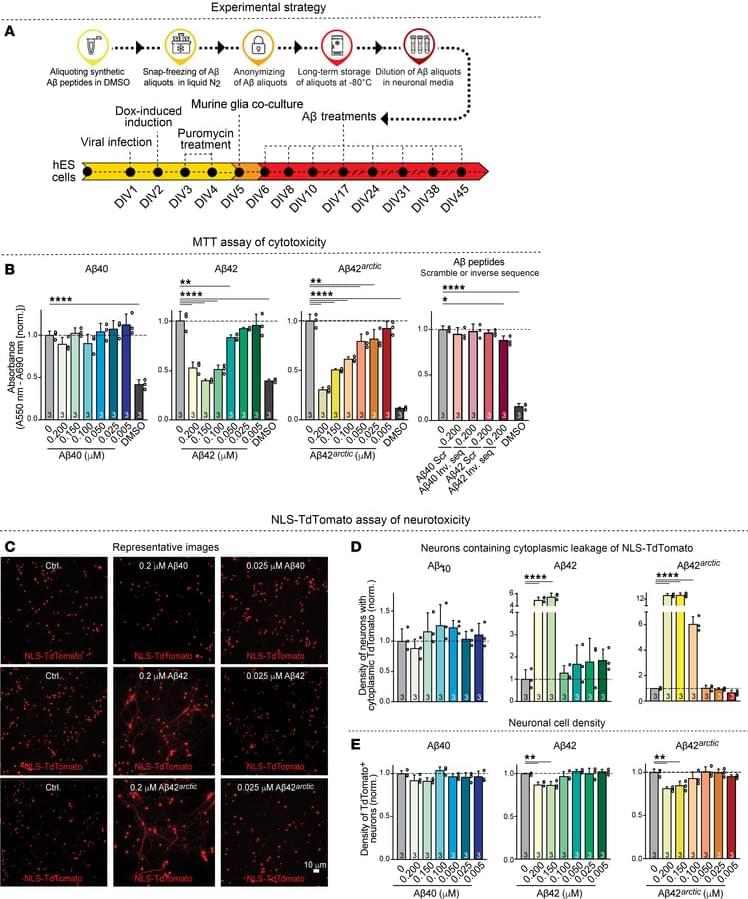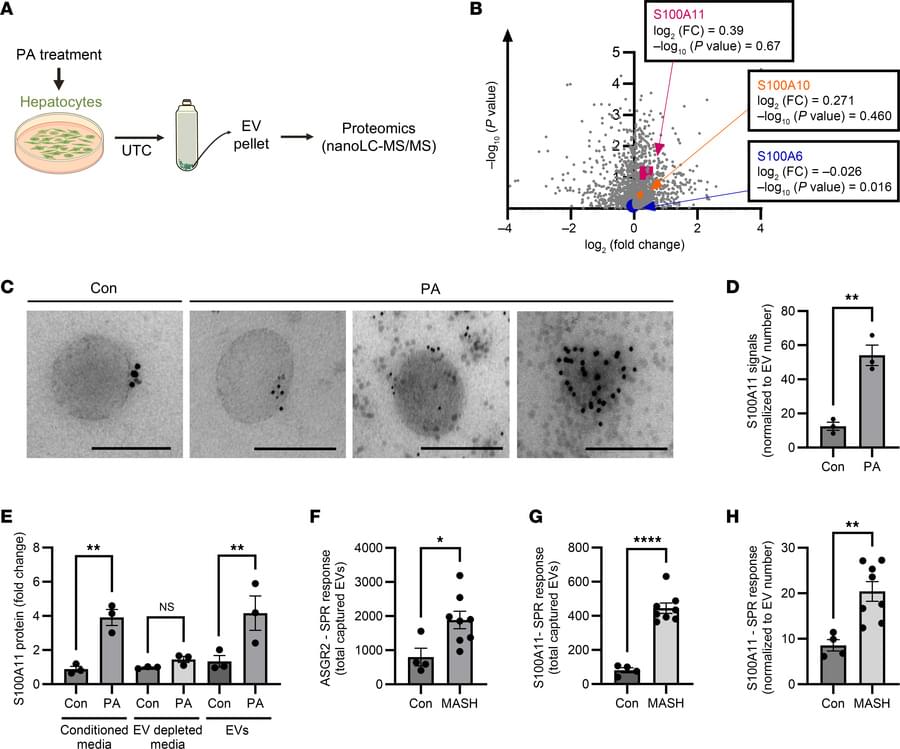Last year, a research team led by UCLA achieved a milestone scientists had pursued for half a century. They succeeded in making radioactive thorium nuclei interact with light by absorbing and emitting photons, similar to how electrons behave inside atoms. First envisioned by the group in 2008, the breakthrough is expected to transform precision timekeeping and could significantly improve navigation systems, while also opening the door to discoveries that challenge some of the most basic constants in physics.
The advance comes with a major limitation. The required isotope, thorium-229, exists only as a byproduct of weapons-grade uranium, making it extremely rare. Researchers estimate that just 40 grams of this material are currently available worldwide for use in nuclear clock research.
A new study now shows a way around this obstacle. An international collaboration led by UCLA physicist Eric Hudson has developed an approach that uses only a small fraction of the thorium needed in earlier experiments, while delivering the same results previously achieved with specialized crystals. Described in Nature, the technique is both straightforward and low cost, raising the possibility that nuclear clocks could one day be small and affordable enough to fit into everyday devices like phones or wristwatches. Beyond consumer electronics, the clocks could replace existing systems used in power grids, cell phone towers, and GPS satellites, and may even support navigation where GPS is unavailable, such as in deep space or underwater.









